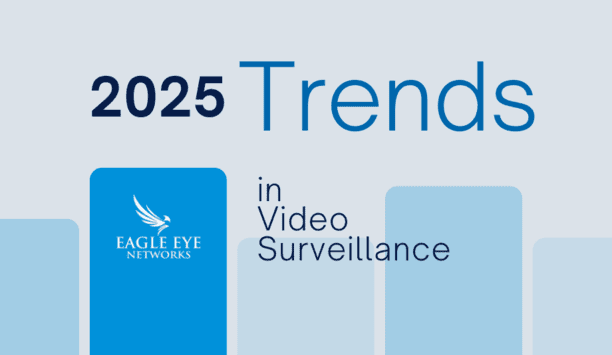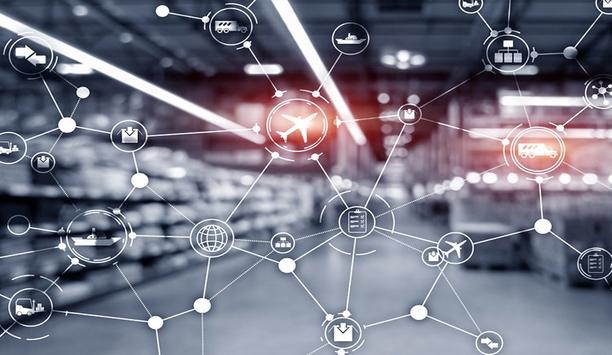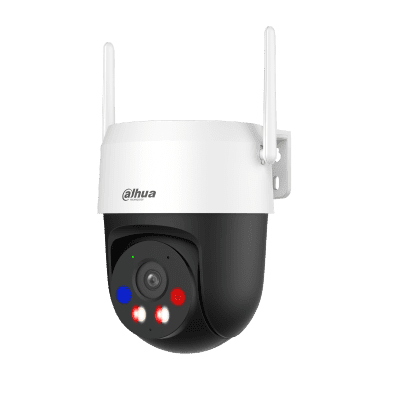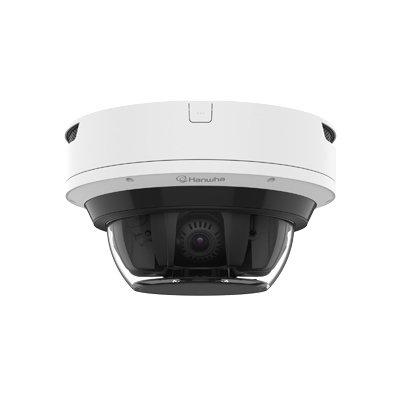What is the intersection of security and big data?
Editor Introduction
Big Data is a persistent buzzword in the broader technology realm and in the physical security market. More every year, it seems we see a greater impact of the compilation of numerous data sources (Big Data) on our market. Smart leaders in the industry are looking at the vast opportunities that exist to leverage Big Data into greater intelligence and situational awareness. We asked this week’s Expert Panel Roundtable: What is the intersection of the security market and "big data?"
Security systems today collect an immense amount of data from cameras, sensors, and other connected devices. With the rise of data analytics, physical security system data can be used as more than just a tool to respond to a crime or a necessary expense to keep assets and people safe. It can become a core element in the digital transformation of organizational processes. Analytics can turn physical security data into smart, actionable insights that improve operations. But as the volume of data grows, it is increasingly challenging to make sense of it. A unified physical security platform centralises data analytics to deliver a global view of your operations from a single interface. The insights can then be applied to automate and measure operational steps across a range of use cases. As a result, organisations have a common toolset to gain insights and make improvements to the things they do every day.
I actually think the problem in physical security is that there has NOT been enough of an intersection. While big data has vastly improved vertically for physical security hardware, like using large amounts of stored and labeled camera footage to develop computer vision analytics, there has been less of an impact horizontally. For physical security programs that are made up of many different security devices, workflow software, and management systems, these “better cameras” or “better access control solutions” are only scratching the surface. Using big data horizontally, or aggregating data from these multiple security devices and relating it to how actual security programs are performing, is the next frontier. Products that can answer “how can I better design my security program?” by factoring in risk, cost, resource allocation, and performance will unlock a whole new level and speed of programme evolution in the global security operations center (GSOC).
Big data refers to the large and complex amounts of data that companies may have collected and stored about their customers, products, sales transactions, leads, etc. Since this data is collected every day, it becomes very big, very quick and becomes almost impossible to manage without AI-based algorithms designed to sift and sort through it looking for patterns and trends. The intersection with the security market becomes notable as AI-based cameras increasingly become a powerful data collection source representing the movement and characteristics of people and vehicles. This could be in any environment from a chain of retail stores to a city centre. The anonymous data harvested from AI-based security cameras can then be analysed to predict anything from peak sales opportunities to analysing traffic issues for city planning. Modern security cameras are becoming valuable data collection sensors with benefits that extend well beyond the traditional security use case.
Today’s businesses are leveraging data analytics to identify patterns and turn large amounts of data into actionable insights. The ability to integrate and analyse network traffic, user behavior, and other data in real time or near-real time is powering predictive analytics and machine learning algorithms that are allowing security professionals to detect and respond to threats more quickly and effectively. The security market is increasingly adopting big data technologies, such as Hadoop, Spark, and NoSQL databases, to collect, store, and analyse identity data. These technologies enable security professionals to gain valuable new insights into security threats and risks, identify patterns and anomalies, and develop the predictive models needed to prevent future attacks.
Security and “big data” working together is nothing new — they share similar goals. “Big data” has always had the intended use of finding correlations and identifying patterns, no matter what those correlations or patterns may be, and the security market also relies on that kind of information to deploy protective measures accurately and quickly. One of the biggest use cases for security and data connectivity comes from what we consider to be classic security: security cameras and video surveillance. Data is a massive source of actionable information. Recent technological advancements in artificial intelligence leveraged by the security industry also mean that security cameras are now capable of processing deep learning analytics at the edge where only the metadata is transferred saving bandwidth and storage and making it that much more efficient to analyze that “big data” and act quickly upon the results of that analysis.
There are several intersections between the security market and Big Data. One of the key areas is Cybersecurity. The proliferation of data and data sources impinging on the physical and digital security spheres is driving an increased need for organisations to secure their networks and systems from cyber-attacks. Big Data analytics can help to detect and prevent such attacks through the analysis of large data sets to identify patterns and anomalies that may indicate a potential security threat. Big Data can also help to improve an organisation’s security posture by providing insights into user behavior and interaction with the built environment. It can identify potential vulnerabilities or potential areas to improve productivity and maximise ROI on investments in the built environment. Big Data can also be used to develop and test new encryption and decryption algorithms that can better protect sensitive data from unauthorised access. Overall, these intersections are an important area of innovation and development for products and services that address the evolving challenges being faced by our clients.
Editor Summary
Artificial intelligence is among the new tools helping the physical security industry maximise the value of “big data.” Physical security systems have been producing a multiplicity of data for years, but we are only now developing ways to monetise that data, along with the seemingly endless other sources of data in our technology-driven world.
- Related companies
- Axis Communications
- TDSi
- Genetec, Inc.
- SailPoint
- i-PRO
- HiveWatch
- Related links
- Axis Communications CCTV software
- Axis Communications Access control software
- Genetec CCTV software
- Genetec Access control software
- TDSi CCTV software
- TDSi Access control software
- TDSi CCTV cameras
- Axis Communications IP cameras
- Genetec IP cameras
- TDSi IP cameras
- Axis Communications Video signal devices & accessories
- View all news from
- Axis Communications
- TDSi
- Genetec, Inc.
- SailPoint
- i-PRO
- HiveWatch
Expert commentary
A modern guide to data loss prevention
Download7 proven solutions for law enforcement key control and asset management
DownloadSecurity practices for hotels
Download2025 Trends in video surveillance
DownloadMaximising security and performance
DownloadDahua P3AS-PV 3MP Outdoor Wi-Fi PTZ Camera with Active Defense
Climax Mobile Lite: Advanced Personal Emergency Response System (PERS)
Hanwha Vision 4CH AI Multi-sensor Camera with WAVE VMS





















